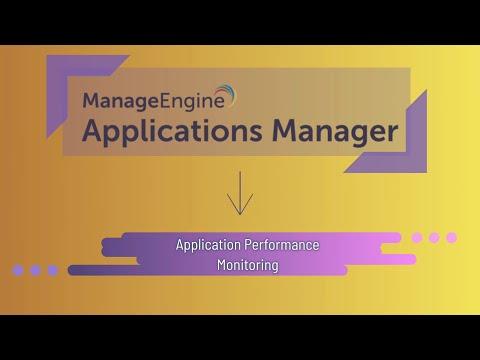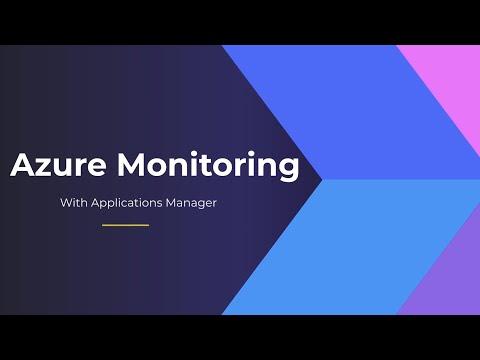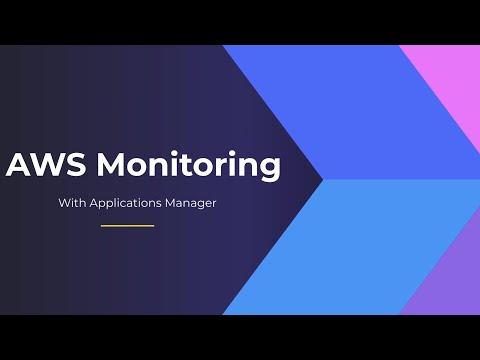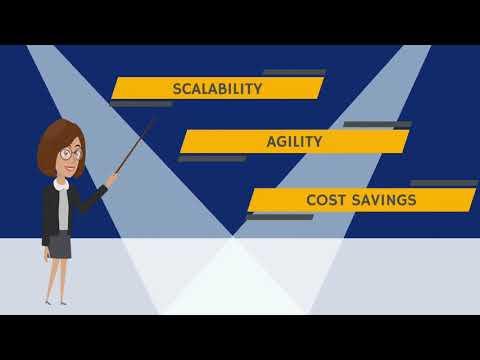Ask any mobile app developer, and they'll tell you that one of the greatest challenges in monetizing their apps through video ads isn't finding the right demand or knowing when to run the videos; it's figuring out how to present video ads without slowing down their apps.
I'm sure every developer at some point has done a Google search for something like, "Which ad networks are optimized for mobile apps?" or "Which mobile ad network is the fastest?"
If the primary revenue you get from your app is ad generated, speed is hardly inconsequential.
The Developer Challenge
One company explained their ad situation like this: After a user completes a level, the user either goes into their store and browses around for a few minutes or goes to the next level within a few seconds. The developer's goal is to show a video ad right before the next level starts, but they've found themselves in a pickle. Most developers will cache their videos a few minutes before showing them, and the expiration is around 15 minutes. If the developer starts the video download as soon as the user finishes the current level, and that user then browses the store for a few minutes, the ad could expire before it can be shown, i.e., right before the next level.
On the flipside, if the developer starts the video download shortly after the user finishes the current level, and that user skips the store to go immediately to the next level, then the video has not downloaded yet and cannot be shown to the user before the next level. In this case, it would be ideal for the video to be delivered consistently within a set amount of time. But since ad retrieving timeout is around 300-400 milliseconds, even when you cache the video, slow ad retrieval leads directly to missing revenue.
Net net, while video pre-caching is a valid technique, it comes with a cost, and often times expired content would still result in real-time video downloads that usually are not fast enough.
Compounding the Challenge: Painful Disconnects
Connection drops are another issue that affect video ads. Disconnects happen all the time, especially when users are on the move, such as when they're commuting or walking around a busy city and their connections must transfer to a different network type. If a disconnect happens during an API call to an ad network or while downloading a large video asset, then that ad will fail to load.
When disconnects happen, the end user typically doesn't realize that the fault lies with the networks. Instead, they usually assign blame to the developer and the app itself. Many users will get so frustrated with a dropped connection that they won't even put in the brief time it takes to reload an app.
Some networks are faster and more reliable than others. Verizon and T-Mobile top the US for speed, and lag slightly behind AT&T in disconnects. The problem of disconnects is particularly acute in developing countries that don't have reliable cellular and WiFi networks. But it can infest developed countries as well. According to our benchmarks from February of this year, apps users in Russia, Indonesia, Germany and Brazil all suffer from more than 10% disconnects on average, with disconnect rates as high as 30 percent on 2G networks.
Examples of Various Ad Download Times
The charts below show ads within a popular news app. The top chart shows video ads delivered by SuperSonic and the bottom chart shows those delivered by Vungle. The x axis shows the amount of time a video took to download in milliseconds; the y axis shows the percentage of the total transfers that finished within that bucket of milliseconds. What we can see overall is that ads aren't delivered within a consistent amount of time; they're usually delivered anywhere from half a second to two seconds.


What this says is that if you use a mediation ad network, you should expect your ads to load anywhere from less than one second up to four seconds or longer. That doesn't help you to engineer your app if it has time constraints like the example above.
So what do you do? Well, if you choose to just use one ad network, you should be able to engineer your app/game to that specific ad network based on how long that specific network loads ads. Or, you could continue to use an ad mediator with the understanding that some percent of your users will not see the ad due to it loading too fast or too slow.
Bottom line is, attention shifts when something takes longer to load, and time is money. So keep this in mind with your in-app video ads.
The Latest
The use of hybrid multicloud models is forecasted to double over the next one to three years as IT decision makers are facing new pressures to modernize IT infrastructures because of drivers like AI, security, and sustainability, according to the Enterprise Cloud Index (ECI) report from Nutanix ...
Over the last 20 years Digital Employee Experience has become a necessity for companies committed to digital transformation and improving IT experiences. In fact, by 2025, more than 50% of IT organizations will use digital employee experience to prioritize and measure digital initiative success ...
While most companies are now deploying cloud-based technologies, the 2024 Secure Cloud Networking Field Report from Aviatrix found that there is a silent struggle to maximize value from those investments. Many of the challenges organizations have faced over the past several years have evolved, but continue today ...
In our latest research, Cisco's The App Attention Index 2023: Beware the Application Generation, 62% of consumers report their expectations for digital experiences are far higher than they were two years ago, and 64% state they are less forgiving of poor digital services than they were just 12 months ago ...
In MEAN TIME TO INSIGHT Episode 5, Shamus McGillicuddy, VP of Research, Network Infrastructure and Operations, at EMA discusses the network source of truth ...
A vast majority (89%) of organizations have rapidly expanded their technology in the past few years and three quarters (76%) say it's brought with it increased "chaos" that they have to manage, according to Situation Report 2024: Managing Technology Chaos from Software AG ...
In 2024 the number one challenge facing IT teams is a lack of skilled workers, and many are turning to automation as an answer, according to IT Trends: 2024 Industry Report ...
Organizations are continuing to embrace multicloud environments and cloud-native architectures to enable rapid transformation and deliver secure innovation. However, despite the speed, scale, and agility enabled by these modern cloud ecosystems, organizations are struggling to manage the explosion of data they create, according to The state of observability 2024: Overcoming complexity through AI-driven analytics and automation strategies, a report from Dynatrace ...
Organizations recognize the value of observability, but only 10% of them are actually practicing full observability of their applications and infrastructure. This is among the key findings from the recently completed Logz.io 2024 Observability Pulse Survey and Report ...
Businesses must adopt a comprehensive Internet Performance Monitoring (IPM) strategy, says Enterprise Management Associates (EMA), a leading IT analyst research firm. This strategy is crucial to bridge the significant observability gap within today's complex IT infrastructures. The recommendation is particularly timely, given that 99% of enterprises are expanding their use of the Internet as a primary connectivity conduit while facing challenges due to the inefficiency of multiple, disjointed monitoring tools, according to Modern Enterprises Must Boost Observability with Internet Performance Monitoring, a new report from EMA and Catchpoint ...





